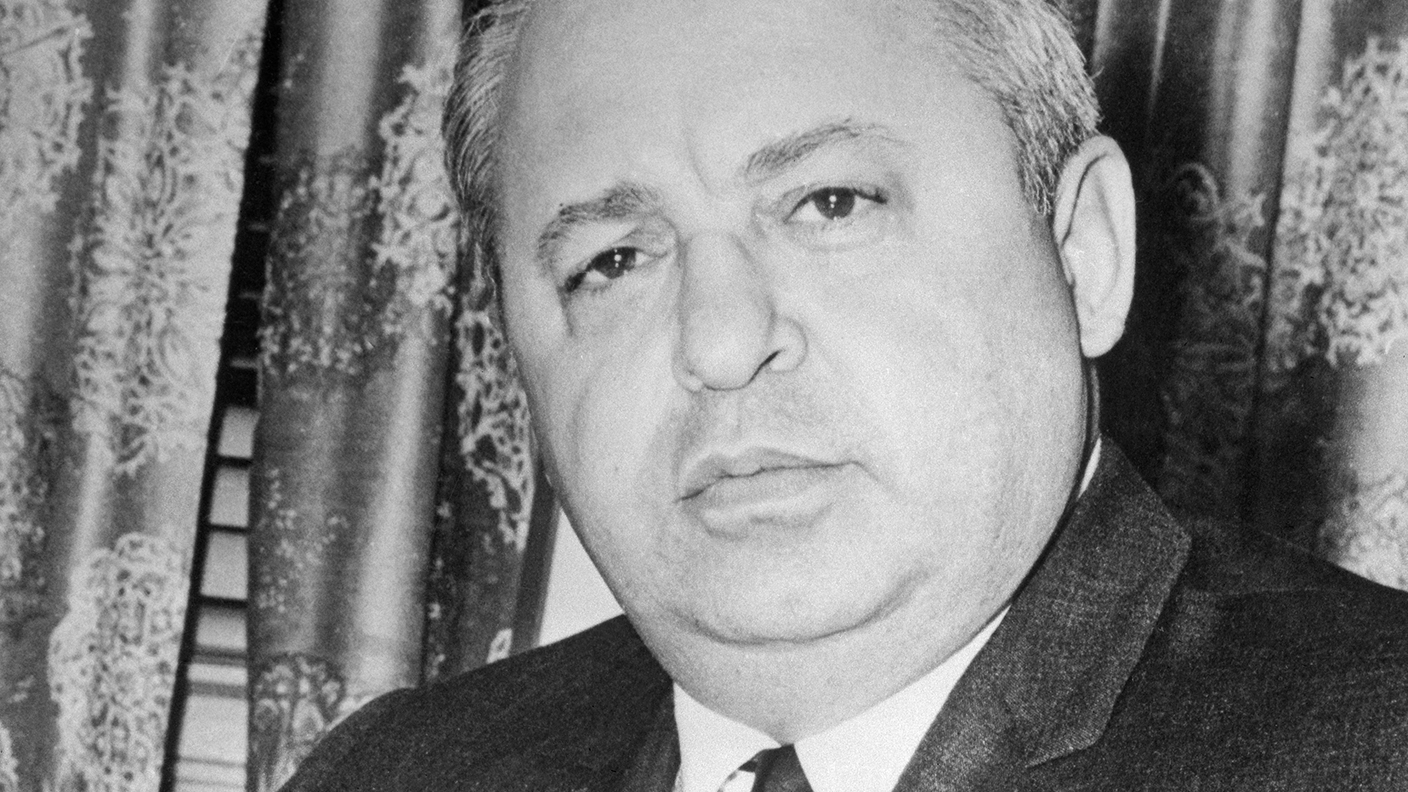Great frauds in history: John Sadleir
John Sadleir’s multiple deceptions destroyed the Tipperary Joint Stock Bank, ruining its shareholders and forcing many into bankruptcy.

John Sadleir, the son of a wealthy Irish farmer, was born in 1813, followed by his brother James two years later. John initially pursued a legal career, but the brothers went on to set up the Tipperary Joint Stock Bank in 1846, which was run by James. The brothers were also politically active John entered parliament in 1847; James in 1852. John was a leading figure in the Independent Irish Party, which pledged not to serve in office. He was elected and accepted a place in a coalition government from 1852 through 1854. His decision to hold office despite being elected on a pledge not to caused outrage.
What was the scam?
The Tipperary Joint Stock Bank was successful in the beginning, but John's greed started to get the better of him and he began stealing from customers to fund private speculation in land, railway shares and later in the commodity markets. To fund his losses, which eventually totalled £1.5m (£137m in today's money), he mortgaged his property to multiple creditors, including a £247,000 (£22.7m) overdraft with the Tipperary Joint Stock Bank, which also guaranteed many of his other loans. He also began selling forged shares in the Royal Swedish Railway Company, which he was a director of, as well as arranging for the Tipperary Joint Stock Bank to issue additional shares to English investors using a fraudulent balance sheet.
What happened next?
By the start of 1856, the credibility of both Sadleir's empire and the Tipperary Joint Stock Bank were crumbling. With creditors demanding repayment, and newspapers publishing allegations of forgery, John committed suicide on Hampstead Heath on 17 February 1856. Although he left a letter absolving his brother of any blame, it quickly became obvious that James had been fully aware of what had been going on, and he decided to flee the country, spending the rest of his life in exile in Switzerland. He died in 1881.
MoneyWeek
Subscribe to MoneyWeek today and get your first six magazine issues absolutely FREE

Sign up to Money Morning
Don't miss the latest investment and personal finances news, market analysis, plus money-saving tips with our free twice-daily newsletter
Don't miss the latest investment and personal finances news, market analysis, plus money-saving tips with our free twice-daily newsletter
Lessons for investors
John Sadleir's multiple deceptions eventually destroyed the Tipperary Joint Stock Bank, which quickly folded with liabilities of more than £380,000 (£32.8m) in excess of its assets. Because limited liability had not then been widely introduced, the bank's shareholders, including the 70 English shareholders who had bought shares based on the fraudulent accounts, not only lost their money, but were also liable for the bank's debt. Many were either ruined or forced into bankruptcy. Generally, the lesson to take home is that it's not a good idea to buy into a bank when the largest creditor is the brother of the managing director.
Get the latest financial news, insights and expert analysis from our award-winning MoneyWeek team, to help you understand what really matters when it comes to your finances.

-
 How cancelling unused direct debits could boost your pension by £37,000
How cancelling unused direct debits could boost your pension by £37,000A new year refresh of your spending could save you money and help boost your pension pot.
-
 NS&I cuts interest rates on 8 savings accounts
NS&I cuts interest rates on 8 savings accountsNS&I will now offer less attractive interest rates for customers wishing to lock their savings away to grow for one, two, three or five years.
-
Christopher Columbus Wilson: the spiv who cashed in on new-fangled radios
Profiles Christopher Columbus Wilson gave radios away to drum up business in his United Wireless Telegraph Company. The company went bankrupt and Wilson was convicted of fraud.
-
 Great frauds in history: Philip Arnold’s big diamond hoax
Great frauds in history: Philip Arnold’s big diamond hoaxProfiles Philip Arnold and his cousin John Slack lured investors into their mining company by claiming to have discovered large deposit of diamonds. There were no diamonds.
-
Great frauds in history: John MacGregor’s dodgy loans
Profiles When the Royal British Bank fell on hard times, founder John MacGregor started falsifying the accounts and paying dividends out of capital. The bank finally collapsed with liabilities of £539,131
-
Great frauds in history: the Independent West Middlesex Fire and Life Assurance Company's early Ponzi scheme
Profiles The Independent West Middlesex Fire and Life Assurance Company (IWM) offered annuities and life insurance policies at rates that proved too good to be true – thousands of policyholders who had handed over large sums were left with nothing.
-
 Great frauds in history: Alan Bond’s debt-fuelled empire
Great frauds in history: Alan Bond’s debt-fuelled empireProfiles Alan Bond built an empire that encompassed brewing, mining, television on unsustainable amounts of debt, which led to his downfall and imprisonment.
-
 Great frauds in history: Martin Grass’s debt binge
Great frauds in history: Martin Grass’s debt bingeProfiles AS CEO of pharmacy chain Rite Aid. Martin Grass borrowed heavily to fund a string of acquisitions, then cooked the books to manage the debt, inflating profits by $1.6bn.
-
 Great frauds in history: Tino De Angelis’ salad-oil scam
Great frauds in history: Tino De Angelis’ salad-oil scamProfiles Anthony “Tino” De Angelis decided to corner the market in soybean oil and borrowed large amounts of money secured against the salad oil in his company’s storage tanks. Salad oil that turned out to be water.
-
 Great frauds in history: Gerard Lee Bevan’s dangerous debts
Great frauds in history: Gerard Lee Bevan’s dangerous debtsProfiles Gerard Lee Bevan bankrupted a stockbroker and an insurer, wiping out shareholders and partners alike.